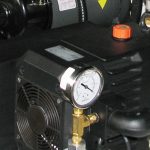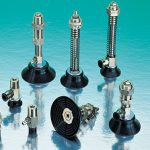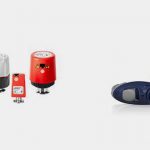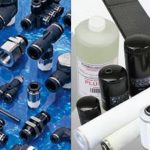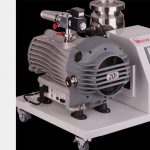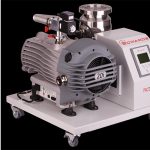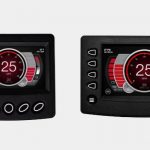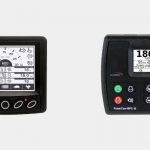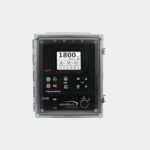There are a few different kinds of pneumatic fittings on the market, and choosing the right one isn’t always easy. You need to know the tubing being used, the operational air pressure, the thread type on the receiving fitting (if any), the amount of vibration the fitting is expected to endure, and more.
The Most Common Fittings
- A Compression Fitting relies on a nut or other similar device being screwed down over a ferrule, compressing it. The compression of the ferrule causes it to bow inward, compressing the tube, the fitting, and the receiving fitting together to form a tight seal. Compression fittings are appropriate for copper, aluminum, and plastic tubes, and are themselves usually made of brass.
- Specialty Compression Fittings such as Compress-Align, Metru-Lok, Poly-Tite, and so on use a similar mechanism to a generic compression fitting, but generally have preassembled parts that are designed to ‘play nice’ with a wider variety of tubing, allowing the use of tubes made of TFE, PFA, PEA, thermoplastic, steel, and so on to be used.
- Hi-Duty Flareless Fittings are a kind of compression fitting made specifically for high-pressure applications (exceeding one thousand PSI.)
- Push-Connect Fittings use a similar mechanic to Compression Fittings, but instead of a metal ferrule, they use a (usually vulcanized rubber) O-ring that will regain its original shape when released. This allows the fitting to be undone as easily as it was created, but creates fittings that are by necessity used for lower-pressure applications. They are generally made from nickel-plated brass, though some composite fittings made of glass-reinforced nylon are available as well. Push-connect fittings are easy to disconnect and reconnect, making them excellent for any environment where frequent changes are necessary. They are usable with copper, brass, steel, thermoplastic, nylon, polyurethane, and some less common tube types.
- Barbed Fittings don’t rely on anything outside of simple friction to keep the tube attached; as such, they tend to be used for very low-pressure jobs only — anything higher would pop the tube off of the fitting! Barbed fittings are generally made of either brass or thermoplastic, and are only used with tubes that have a little bit of ‘give’ to them: polyethelene, rubber, or GPH.
There are several other types of fitting available, naturally — the more exotic the job conditions, the more unusual the fitting. These are only the most commonly available, but they are appropriate for the vast majority of jobs.










